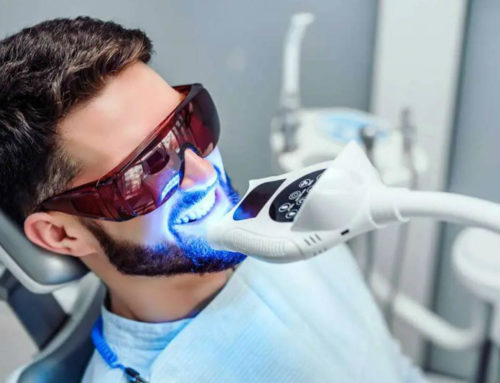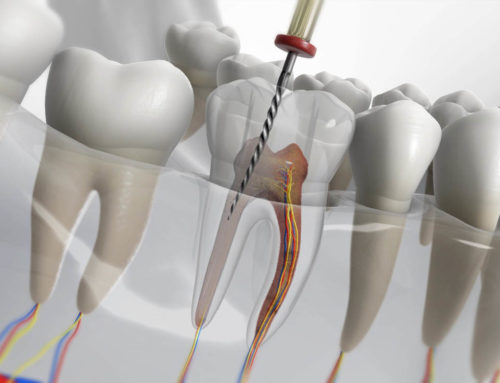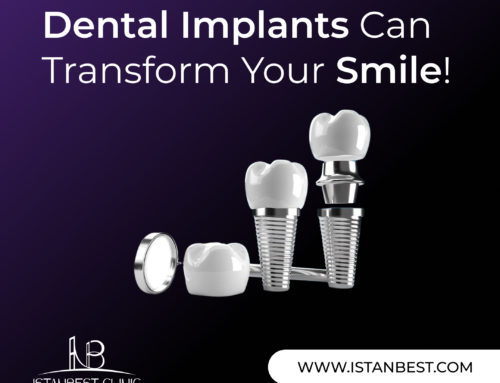Jaw reduction, also known as mandible angle reduction, is a surgical procedure that involves narrowing the lower third of the face, specifically the area contributed by the mandible and its muscular attachments. The treatment options for this procedure include both surgical and non-surgical methods. In Asian countries, a square lower jaw is often considered a masculine trait. While it’s viewed positively in men, a wide mandible can be perceived as discordant or masculine in women or certain men, particularly when there is asymmetry.
A wide lower face can be caused by a large mandibular bone or a large masseter muscle. Botox injections can help reduce the apparent size of a large masseter muscle, while surgical intervention is required to reduce the size of the bones for those with a wide mandibular bone.

The Importance of Consultation and Patient Evaluation for Jaw Reduction Surgery
It’s common for individuals, especially Asians, to have a facial structure with a larger mandible arch and wide zygoma. This can also be due to developmental disorders such as acromegaly, which leads to abnormal bone growth. However, before choosing a treatment plan, it’s crucial to examine the patient to determine whether the wide jaw is due to bone size, masseter muscle, or both.
To conduct a thorough evaluation, a three-dimensional analysis of clinical photos, X-rays, and 3D CT scans is necessary, which includes front, lateral, oblique, basal, and overhead views. During the evaluation, the level of mandible angle protrusion, masseter muscle size, and overall jaw structure are assessed. Based on the analysis and a face-to-face consultation, a customized surgery plan can be developed to achieve the desired aesthetic results.
Surgical Techniques for Jaw Reduction
To directly reduce the size of a large mandible, surgical techniques are utilized. Depending on the patient’s unique facial structure, mandibular resection can be performed alone or in conjunction with sagittal mandibular reduction.
The surgery is conducted under general anesthesia with tracheal intubation, and the standard procedure employs an intraoral approach to avoid visible scarring. A guarded oscillating saw is utilized to mark the proposed osteotomy line to prevent excessive resection of the mandibular bone. Following this process, bone resection is performed with the appropriate size of oscillating saws. Additional sagittal split ramus resection can be carried out using a burr, if necessary.
Common Symptoms and Additional Procedures After Jaw Reduction Surgery
After jaw reduction surgery, common symptoms may include hematoma, infection, asymmetry, over- or under-correction of the mandibular bone, and sensory deficit. However, with the exception of asymmetry and over- or under-correction, these symptoms typically subside within three to six months post-surgery.
Patients with abundant soft tissue or thick skin may want to consider an additional lifting procedure performed concurrently with the jaw reduction surgery. This is because there is a high chance of sagging soft tissue. Whether a lifting procedure is required is also determined by a patient’s age and skin elasticity level.
Jaw reduction through Botox injection
The non-surgical method for jaw reduction is limited to cases where the masseter muscle is enlarged. This can occur due to genetics or behavioral habits such as gum chewing, teeth clenching or bruxism.
Botox injection is a convenient method to treat this condition, where the muscle is weakened through the injection, leading to gradual atrophy over several months.
Scientific studies have been conducted on the use of Botox for jaw reduction, with improvement typically not visible for at least 2-3 weeks. Peak improvement is seen between 3 to 9 months, and good results may still be observable at one year. However, the procedure carries a rare but acknowledged risk of temporary paralysis of the muscles that move the lips.
Overall, the procedure is safe and there is no downtime required. Individuals who interact with the patient may not even know that a plastic surgical procedure was performed.
In conclusion, jaw reduction surgery and botox injections are two methods used to treat a wide lower face. Surgical intervention involves reducing the size of the mandibular bone, while botox injections are used to reduce the size of the masseter muscle.
Both methods have their own set of advantages and disadvantages, and careful consideration should be given to the patient’s individual needs and goals before choosing a treatment. It is also important to note that both methods can result in post-surgery symptoms and complications, which should be carefully monitored and managed. Ultimately, consulting with our qualified and experienced plastic surgeon at IstanBest Clinic is crucial for a successful outcome.




